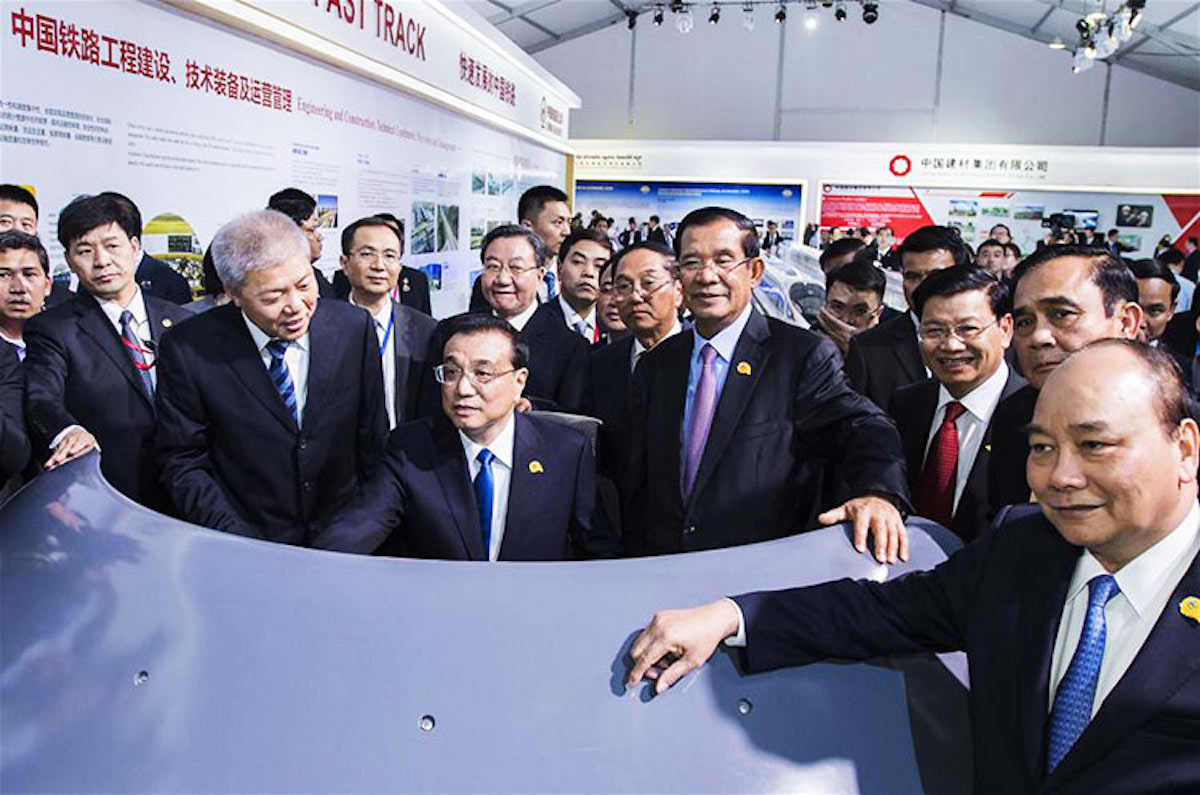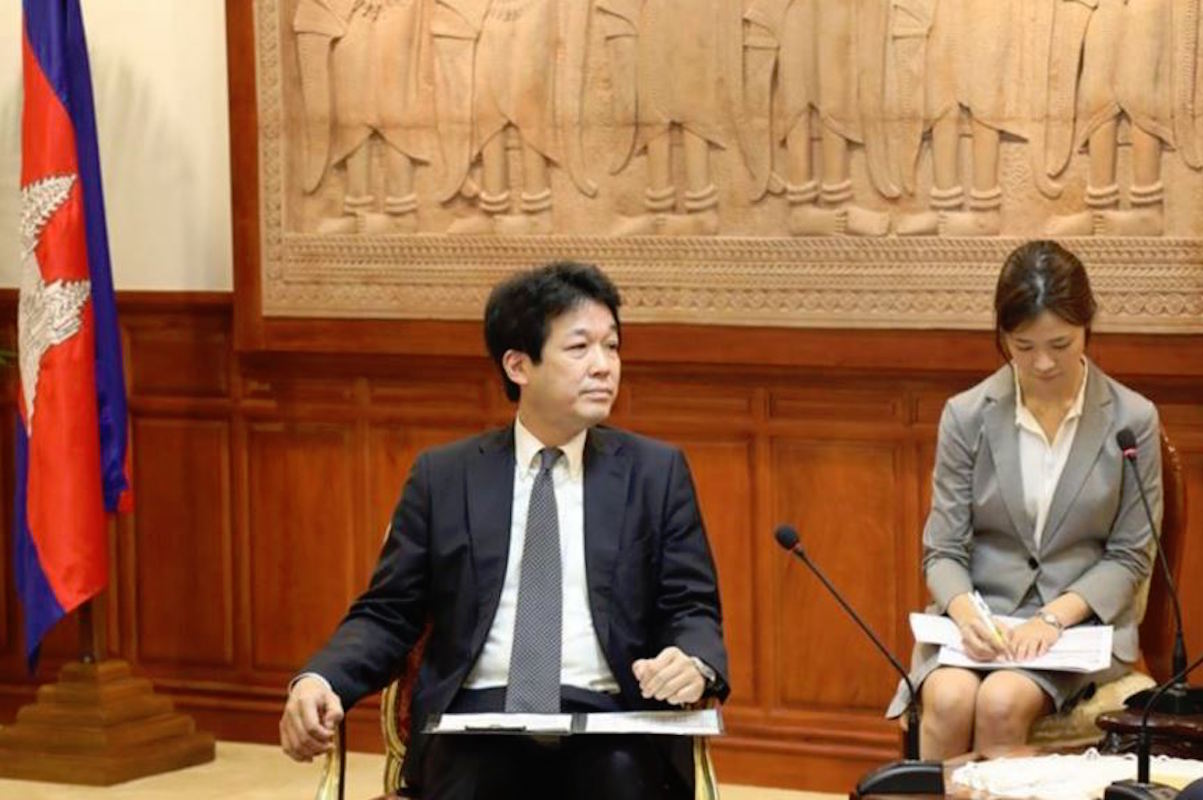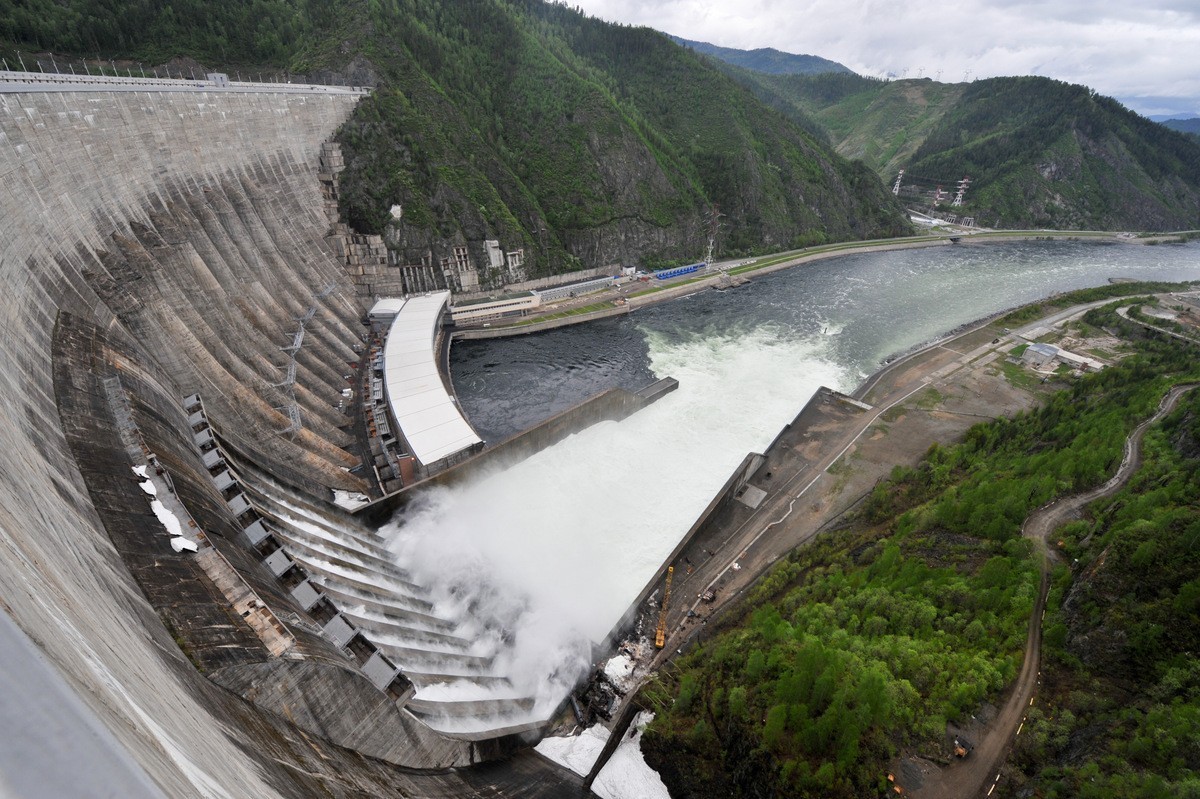Cambodian Foreign Minister Prak Sokhonn said the spirit of the Lancang-Mekong Cooperation (LMC) is the driving force in building a peaceful and prosperous community.
During the first “Lancang-Mekong Week” (March 19-25), Prak Sokhonn told Xinhua in a joint interview that the Phnom Penh Declaration and the Five-Year Plan of Action (2018-2022) were two very important documents, which provided clear-sighted vision for the future development of the LMC.
The LMC is a sub-regional cooperation mechanism jointly established by China, Cambodia, Laos, Myanmar, Thailand and Vietnam. Those two documents were adopted during the 2nd LMC Leaders’ Meeting in January, 2018.
The evolution of the LMC, from its nurturing stage into its current growth period, was quite fast and impressive, said the minister, “We are already exploring new areas of cooperation, beyond the five priority areas, so that we can respond to the evolving and emerging development needs of the Mekong-Lancang countries.”
“We seek to optimize this cooperation model by gradually expanding it onto larger sub-regional projects that can jointly form a LMC Economic Development Belt,” said Prak Sokhonn.
According to the Five-Year Plan of Action, years 2018 and 2019 will be the foundation-laying stage and the years 2020-2022 will be the consolidation and expansion stage.
“For the medium term (2020-2022) we should aim to consolidate and expand by exploring new cooperation areas,” he said.
Since its official launch in March 2016, the LMC mechanism has yielded fruitful results. Most of the 45 Early Harvest Projects identified at the First LMC Leaders’ Meeting and the 13 initiatives put forward by China have been completed or made substantial progress. The LMC Special Fund is in full swing and will continue to offer financial support for 132 projects of LMC member countries.
Speaking of the changes the LMC has brought, Prak Sokhonn highlighted the mechanism’s positive politico-economic and social effects on the region in terms of shaping a common vision for a shared prosperity.
“In term of project specifics, we have secured 16 Cambodian projects, which, when completed, will bring considerable benefits for the Cambodian people in a broad range of fields from enhancing people livelihood, to capacity building in the fields of education, health, tourism, and ICT, to developing cooperation exchanges in Buddhism, to conserving and protecting cultural properties,” said the minister.
Other tangible economic benefits could come directly from enhancing air connectivity in the LMC region, promoting agricultural sector in addressing land degradation, and sustainable forest use and sustainable fisheries management in the region, he said.
Prak Sokhonn said that with key priority sectors like connectivity, productive capacity and cross-border economic cooperation, water resources, agriculture and poverty reduction cooperation, the LMC is instrumental in narrowing the existing development gap among the related countries and in accelerating the process of the ASEAN Community Building.
“For every phase of implementation of these (LMC) projects, we will gain more confidence from the process and eventually we will be able to design larger projects to connect to regional and global initiatives like the Master Plan of ASEAN Connectivity and the Belt and Road Initiative, among others,” said the minister.
Speaking about LMC’s advantages, he said that having a clear-sight leadership and strong political support from all leaders of the six countries are probably the LMC’s best strengths. With a concrete project-driven initiative, the LMC can provide its member countries with a strong sense of ownership.





